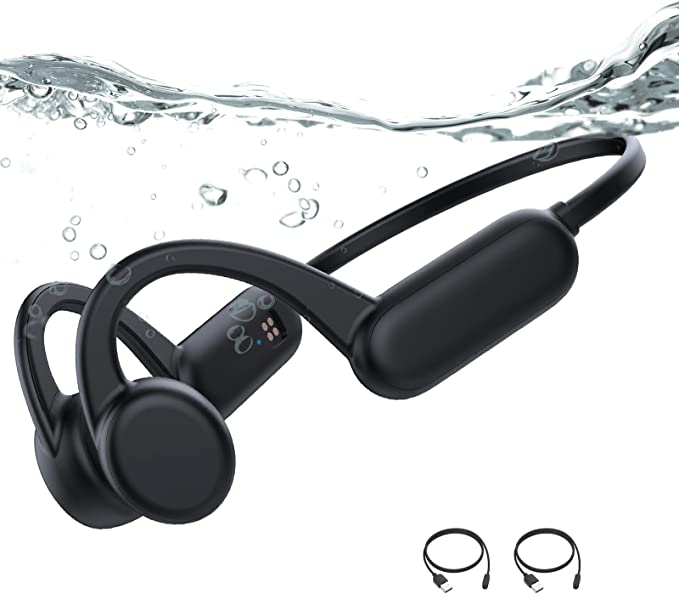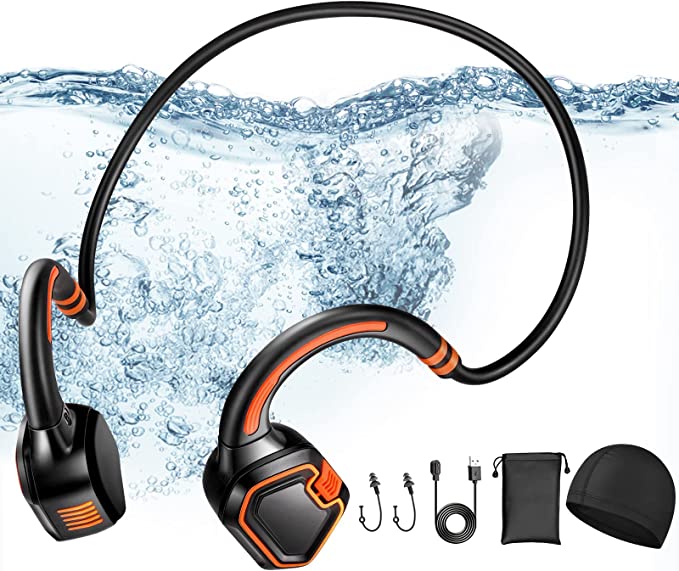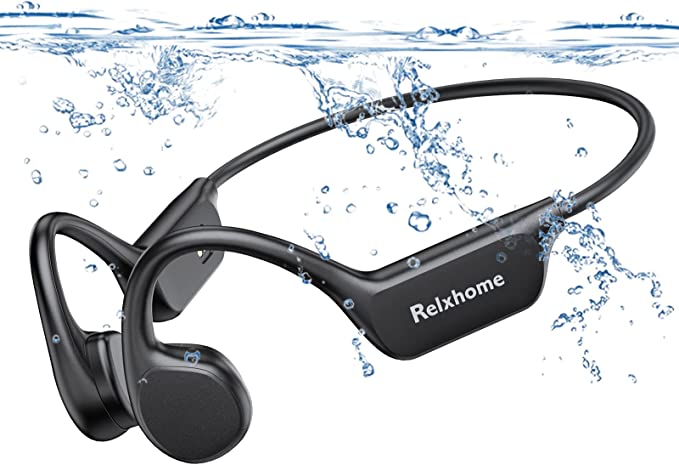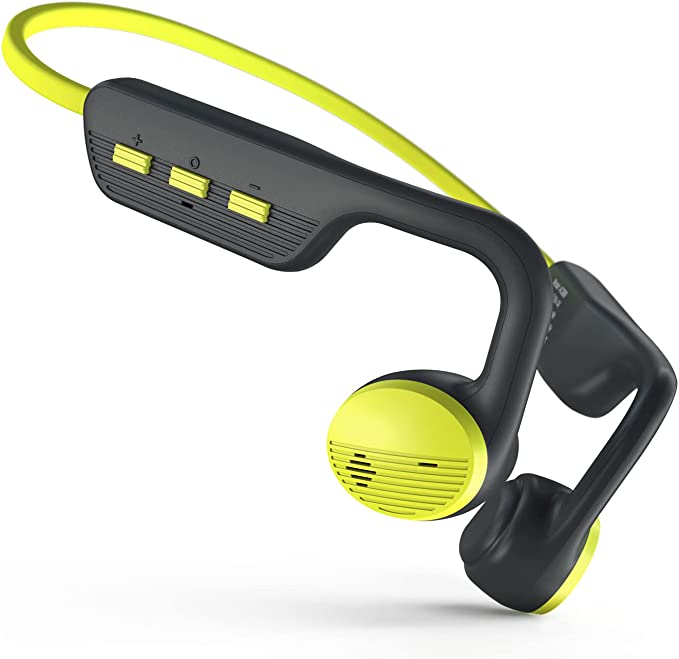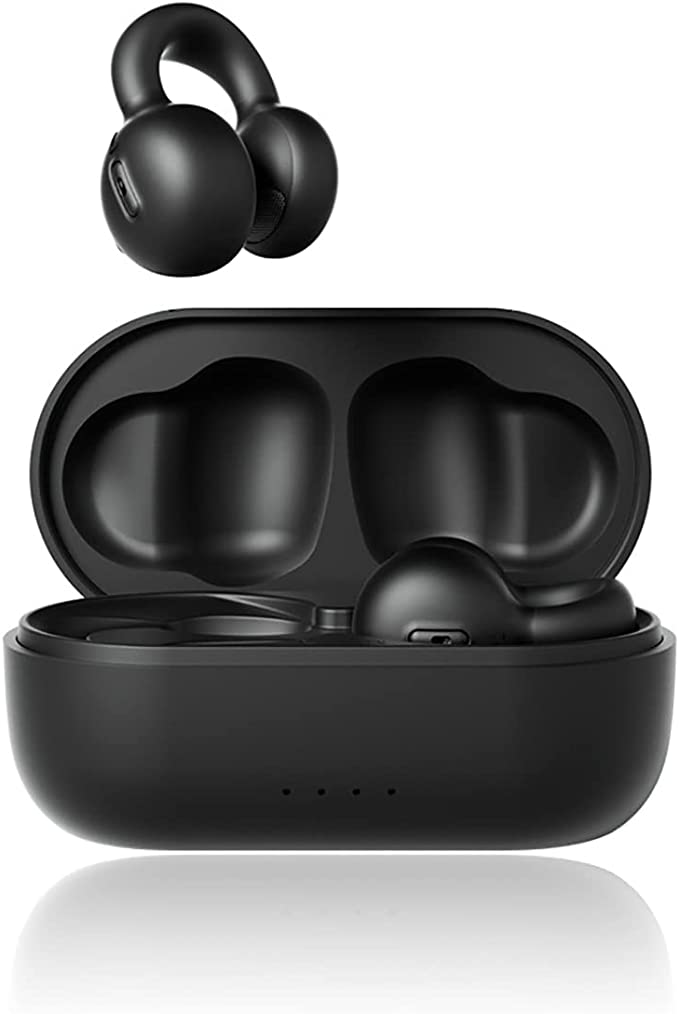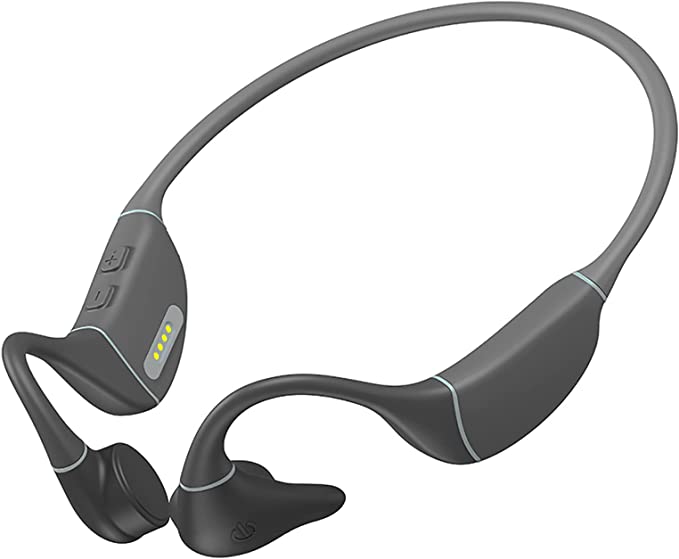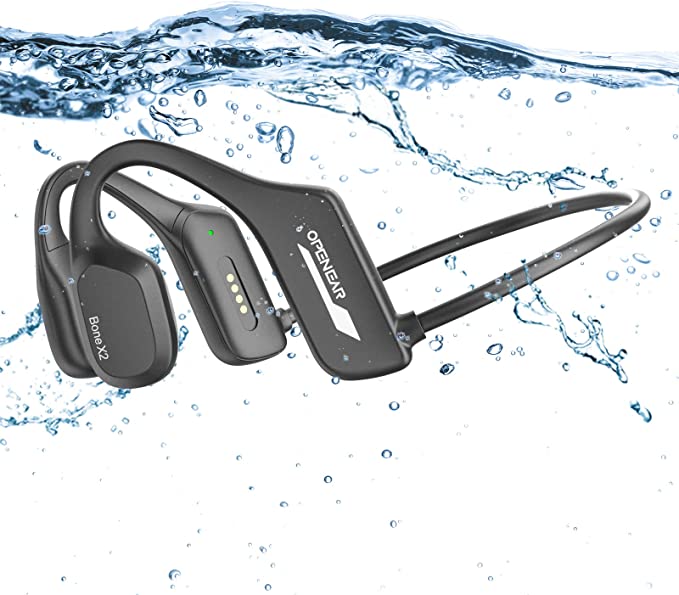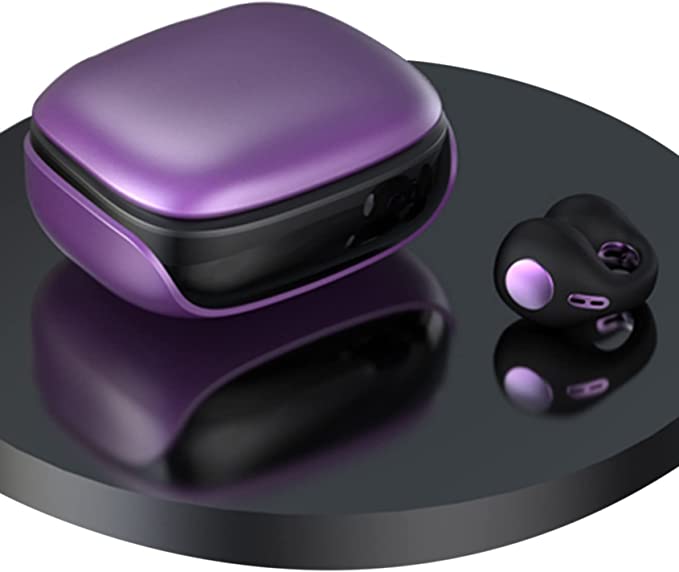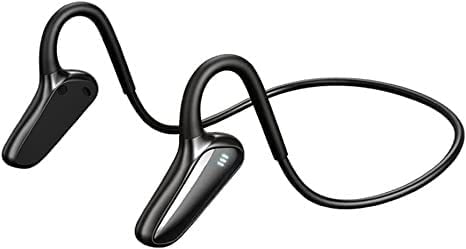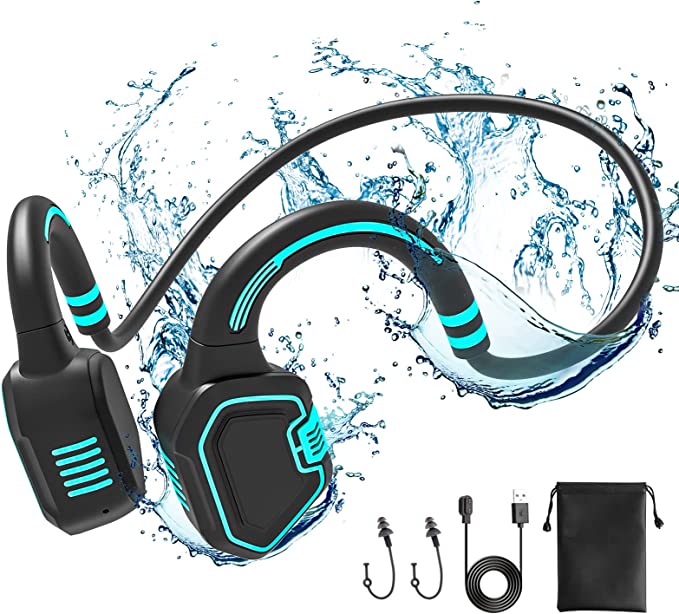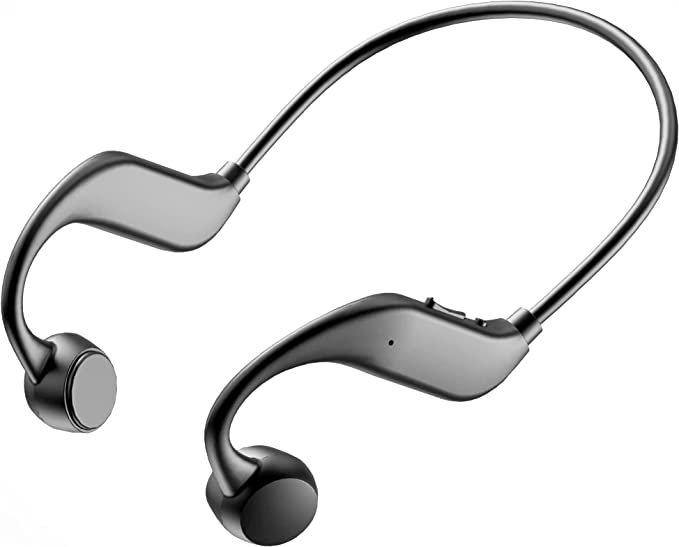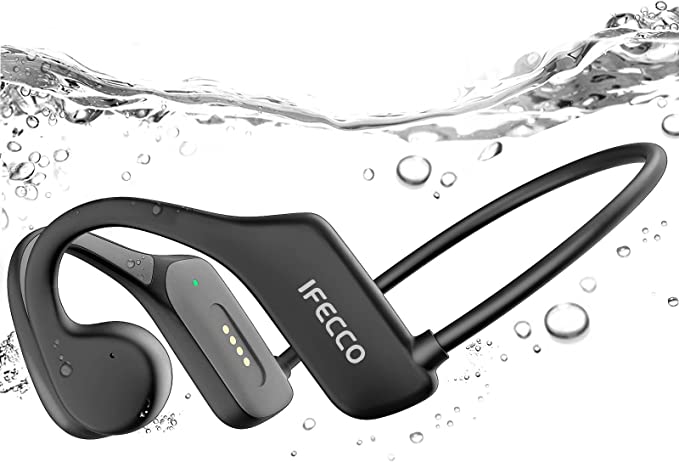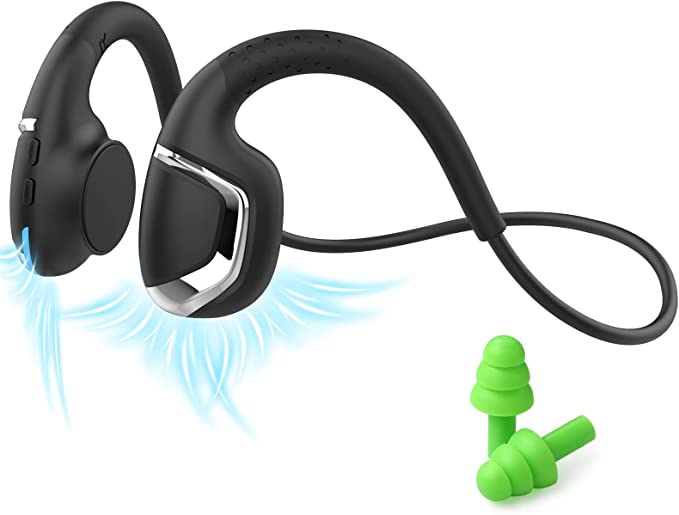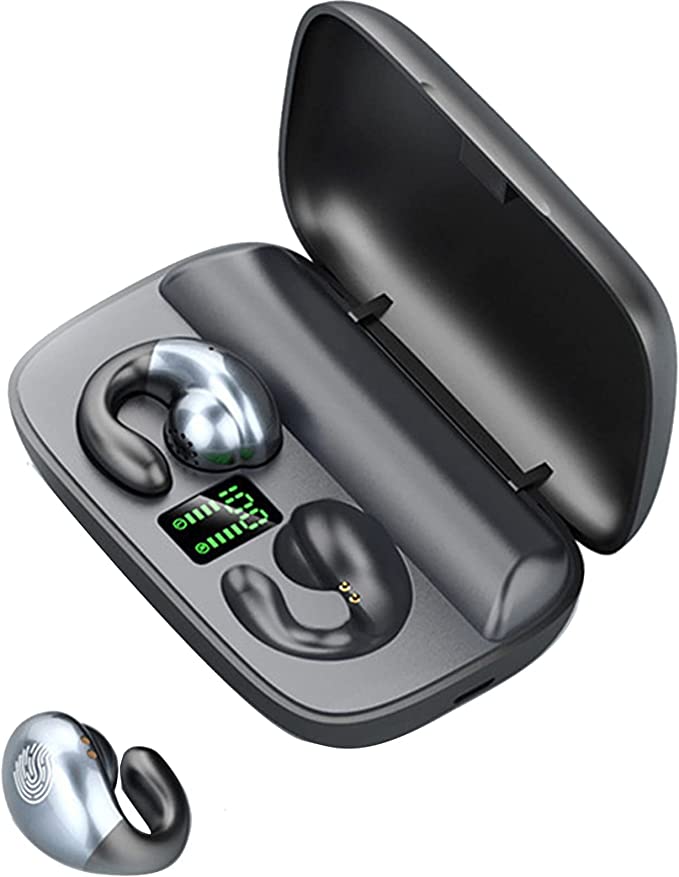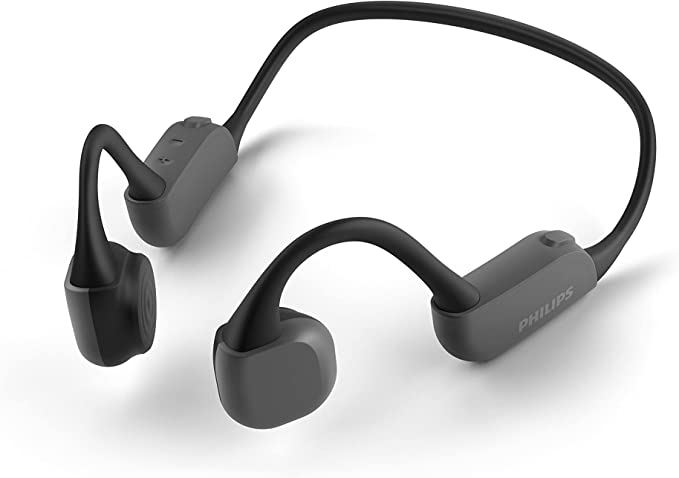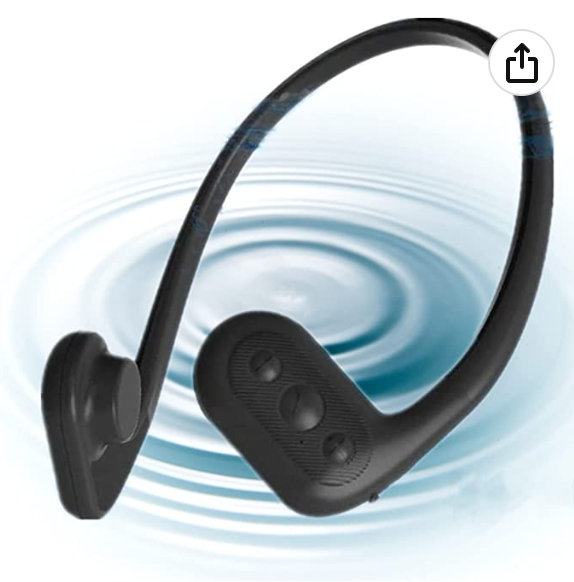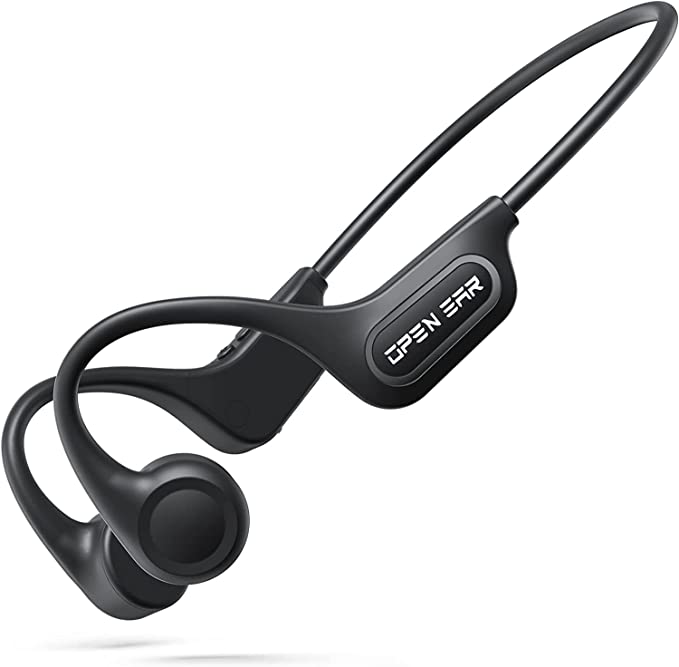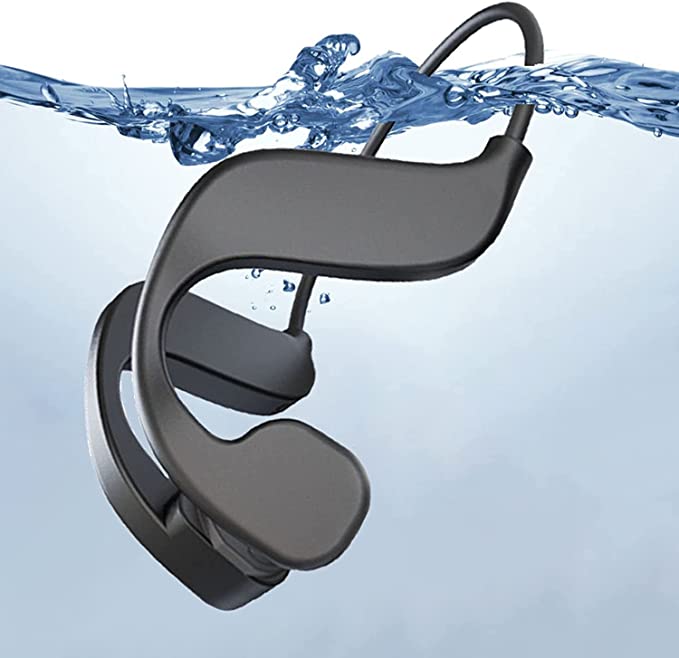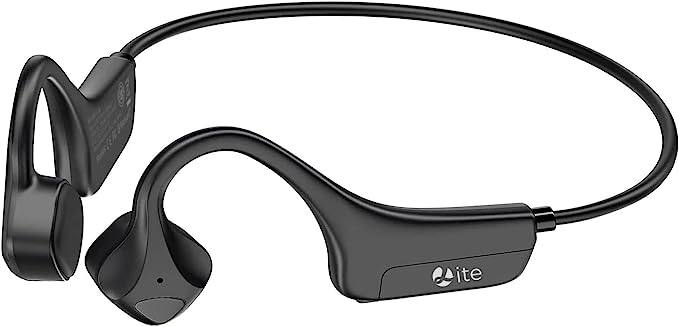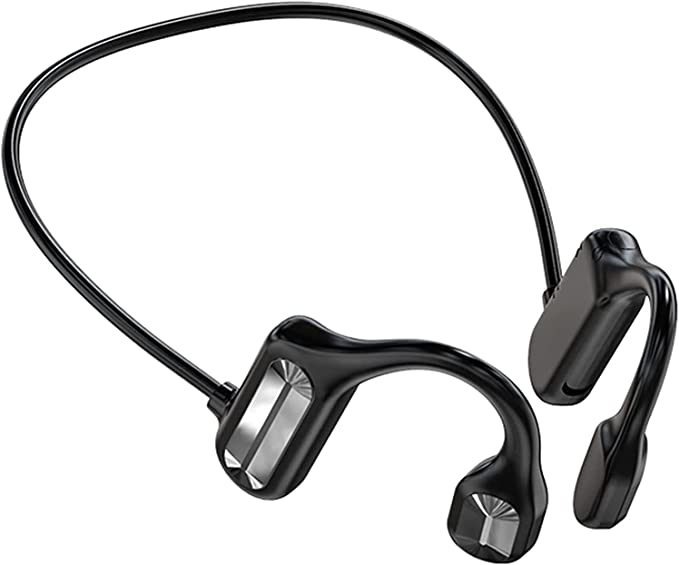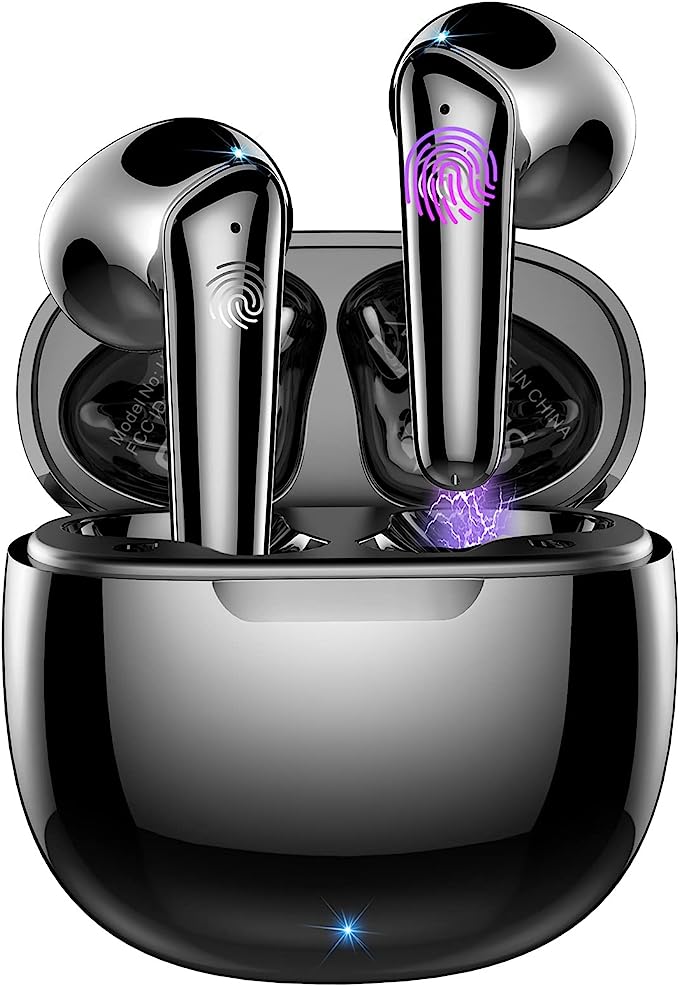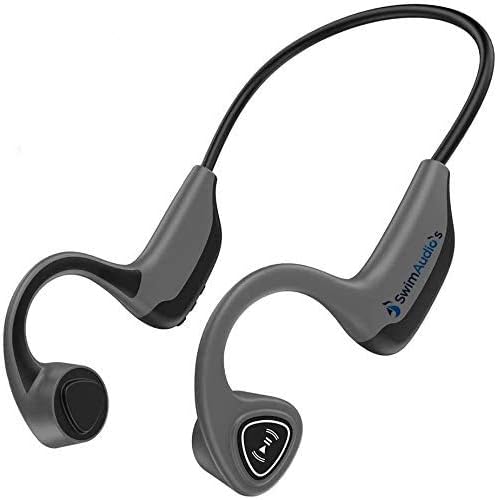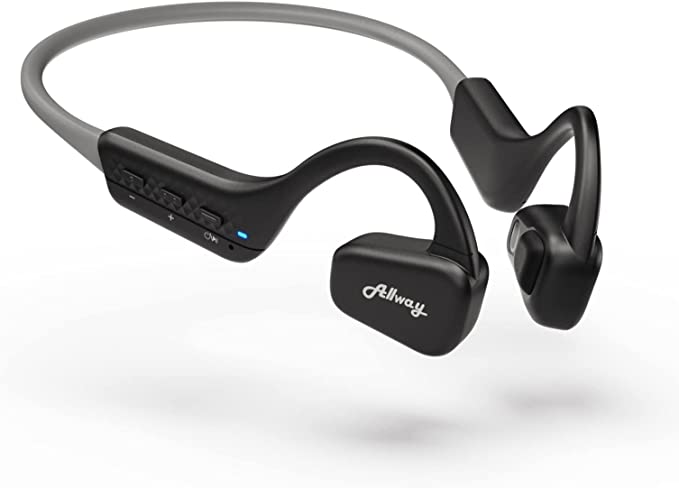Beyond Eardrums: Unveiling Bone Conduction with HiBOMASOON SM608
Update on Feb. 22, 2025, 10:53 a.m.
Beyond Eardrums: Unveiling Bone Conduction with HiBOMASOON SM608
Imagine running through a bustling city, your favorite playlist energizing your every stride, yet you remain fully aware of the approaching car horn or the friendly greeting of a fellow jogger. Or picture yourself swimming laps, the rhythmic splash of the water blending seamlessly with the crystal-clear sound of your motivational anthem, all without anything plugging your ears. This seemingly paradoxical experience is the reality offered by bone conduction technology, a fascinating way to experience sound that’s been quietly revolutionizing how we listen, especially in the world of sports.

A Trip Through Time: The Surprisingly Long History of Bone Conduction
While it might seem like a cutting-edge innovation, the concept of bone conduction has been around for centuries. As early as the 1500s, the Italian physician Girolamo Cardano described how sound could be transmitted to the inner ear through a rod held between the teeth. In the 18th century, the great composer Ludwig van Beethoven, who suffered from profound hearing loss, famously used a rod attached to his piano and clenched in his teeth to “hear” the music through the vibrations in his jawbone. These early explorations laid the groundwork for the sophisticated bone conduction devices we have today.
It wasn’t just anecdotal; scientists and physicians continued exploring the phenomenon.
In the 19th and 20th, bone conduction became a key principle.

Beyond the Eardrum: How Bone Conduction Actually Works
Traditionally, we hear sound through air conduction. Sound waves travel through the air, entering our ear canal and vibrating the eardrum. These vibrations are then transmitted through tiny bones in the middle ear (the malleus, incus, and stapes) to the cochlea, a fluid-filled, snail-shaped structure in the inner ear. Hair cells within the cochlea convert these vibrations into electrical signals, which are then sent to the brain, where they’re interpreted as sound.
Bone conduction, however, bypasses the outer and middle ear. Instead of relying on air to transmit sound waves, it uses the bones of the skull. Bone conduction headphones, like the HiBOMASOON SM608, rest on your cheekbones, just in front of your ears. They contain transducers that convert electrical signals into mechanical vibrations. These vibrations travel through your skull bones directly to the cochlea, stimulating the hair cells and triggering the same auditory process as air-conducted sound.
Think of it like this: Imagine you’re standing near a construction site. You hear the jackhammer through the air, but you also feel the vibrations through the ground. Bone conduction is similar – it’s using a different pathway to deliver the sound, but the end result (your brain perceiving sound) is the same.
The benefits of this alternative pathway are numerous:
- Situational Awareness: Your ears remain open, allowing you to hear ambient sounds. This is crucial for safety during outdoor activities like running, cycling, or even walking in a busy environment.
- Enhanced Comfort: For many, bone conduction headphones are more comfortable than traditional earbuds, especially during prolonged use. Nothing is inserted into the ear canal, reducing pressure and irritation.
- Hygiene: Since nothing enters the ear canal, there’s less risk of bacteria buildup and ear infections, a significant advantage for athletes and those prone to ear problems.
- Helping hearing:For some people with a specific type of hearing,it is very useful.
The HiBOMASOON SM608: Making Waves in Underwater Audio
The HiBOMASOON SM608 takes the core principles of bone conduction and optimizes them for a truly unique listening experience, particularly for swimmers and active individuals.
Let look at some key features.

IPX8: Waterproofing Beyond the Standard
The “IP” in IPX8 stands for “Ingress Protection,” and the “X” means it hasn’t been formally tested for dust resistance (which isn’t a primary concern for swimming headphones). The “8” is the crucial part: it signifies the highest level of water protection for consumer electronics. Specifically, IPX8 means the device can withstand continuous immersion in water, typically at a depth of 1 meter or more, for a specified duration (usually 30 minutes or longer). The HiBOMASOON SM608 meets and likely exceeds this standard, allowing you to enjoy music during your swim without fear of damage. This level of waterproofing isn’t achieved by simply sealing the device; it requires careful engineering of the housing, the transducers, and the charging port to prevent water from penetrating and damaging the internal components.

32GB of Freedom: Your Personal Underwater Concert Hall
Most Bluetooth headphones rely on a constant connection to your smartphone or other device. But Bluetooth signals don’t travel well through water. That’s where the HiBOMASOON SM608’s built-in 32GB MP3 player comes in. You can load thousands of songs directly onto the headphones, turning them into a self-contained music library.
Imagine the freedom of swimming laps without worrying about your phone getting wet or staying within Bluetooth range.
Consider that an average song file size is around 4-5MB. With 32GB of storage, you could theoretically store over 6,000 songs!
Bluetooth 5.3: Cutting the Cord, Not the Connection
When you’re out of the water, the HiBOMASOON SM608 seamlessly connects to your smartphone or other Bluetooth-enabled devices using the latest Bluetooth 5.3 technology. Compared to earlier versions, Bluetooth 5.3 offers several key advantages:
- Faster Pairing: Connection times are significantly reduced.
- Enhanced Stability: The connection is more robust and less prone to dropouts.
- Lower Power Consumption: This translates to longer battery life for both the headphones and your connected device.
- Improved Audio Quality: Bluetooth 5.3 supports more efficient audio codecs, potentially leading to better sound quality (although the benefits are also dependent on the source audio and the headphones’ transducers).
- Near Zero latency:Perfect feeling.
Stay-Put Sound: Ergonomic Design for the Active Life
A secure and comfortable fit is essential for any sports headphones, and the HiBOMASOON SM608 excels in this area. The ergonomic, in ear design, combined with flexible silicone ear hooks, ensures the headphones stay firmly in place, even during vigorous activity. Whether you’re swimming, running, or hitting the gym, you can focus on your workout without constantly adjusting your headphones. The lightweight design also contributes to long-term comfort, minimizing pressure on your cheekbones.
Beyond the Pool: Bone Conduction’s Expanding Universe
While the HiBOMASOON SM608 is designed with swimmers and athletes in mind, the applications of bone conduction technology extend far beyond the sports world.
- Hearing Aids: Bone conduction has become a valuable tool for individuals with certain types of hearing loss, particularly conductive hearing loss, where the outer or middle ear is damaged. By bypassing these areas, bone conduction devices can deliver sound directly to the inner ear.
- Military and Law Enforcement: Bone conduction headsets allow soldiers and law enforcement officers to maintain clear communication while remaining aware of their surroundings, a critical advantage in tactical situations.
- Augmented Reality (AR) and Virtual Reality (VR): Bone conduction can provide a more immersive and realistic audio experience in AR and VR applications, as it leaves the ears open to hear real-world sounds, blending the virtual and physical worlds more seamlessly.
- Industrial Settings: In noisy industrial environments, bone conduction headsets can enable workers to communicate clearly while still protecting their hearing from loud machinery.
The Future is Vibrating: What’s Next for Bone Conduction?
Bone conduction technology is constantly evolving, with ongoing research and development focused on several key areas:
- Improved Sound Quality: While bone conduction audio has come a long way, further refinements in transducer design and signal processing aim to deliver a richer, more nuanced sound experience that rivals traditional headphones.
- Reduced Sound Leakage: One of the challenges of bone conduction is sound leakage – the vibrations can sometimes be audible to others nearby. Researchers are exploring new materials and designs to minimize this leakage, making bone conduction headphones more discreet.
- Miniaturization: As with all technology, the trend is towards smaller, lighter, and more comfortable devices. Future bone conduction headphones may be even less noticeable and more integrated into everyday wear.
- Smart Features: Expect to see more bone conduction headphones incorporating features like AI-powered noise cancellation, voice assistants, and even biometric sensors to track health and fitness data.

Embracing the Open Ear: A New Way to Experience Sound
Bone conduction technology offers a unique and compelling alternative to traditional headphones, particularly for those who prioritize situational awareness, comfort, and hygiene. The HiBOMASOON SM608, with its impressive waterproofing, ample storage, and reliable Bluetooth connectivity, exemplifies the potential of this technology to enhance our auditory experiences, both in and out of the water. It’s not just about listening to music; it’s about staying connected to the world around you while enjoying your favorite sounds.
It’s a way to experience sound that’s both immersive and aware, private and connected.

